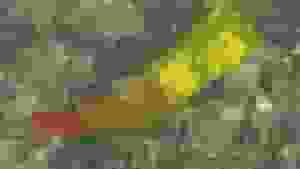A meteor likely weighing around about 1,000 pounds may have crashed into Texas on Wednesday evening, according to Nasa . They aren’t quite sure about it yet but some pretty detailed analysis has been going on. The US space agency said it is currently examining reports from several sources of an atmospheric fireball that crashed near McAllen , Texas on 15 February, adding that it is not aware of any injuries or property damage in the area so far. Earlier in the week, people reportedly witnessed a “falling star” move across the night sky.
Mission police chief Cesar Torres told local news outlets very promptly that the sighting created “panic” throughout the city. Based on preliminery analysis, Nasa experts said the object was likely a meteoroid about 24in (2ft) in diameter and weighing “about 1,000 pounds”. “The angle and speed of entry, along with signatures in weather radar imagery, are consistent with other naturally occurring meteorite falls,” Nasa said in a statement. Pieces of meteors that reach the ground are dubbed meteorites and experts said fragments from the space rock “did reach the ground” based on analysis of radars and other data.

While the original body of the meteorite was likely over 450kg, only smaller fragments – most candidly space rocks breaking into pieces before hitting the ground – may likely be recovered as they entered the Earth’s atmosphere at high speeds. Meteorites also cool rapidly and are generally not a risk to the public, Nasa noted. Collecting and analysing such meteorite fragments can enhance our understanding of the origin and evolution of our solar system, and the local space debris environment around the Earth, the space agency explained.
Small asteroids typically enter the atmosphere over the continental US about once or twice a year on average and often deliver rock fragments to the ground. Such collected meteorites in the US are curated by the Smithsonian Institution and other scientific and academic institutions around the country. The meteor seen in the sky above McAllen is a “reminder” to increase our understanding and protection of Earth, the space agency remarked quite after.




